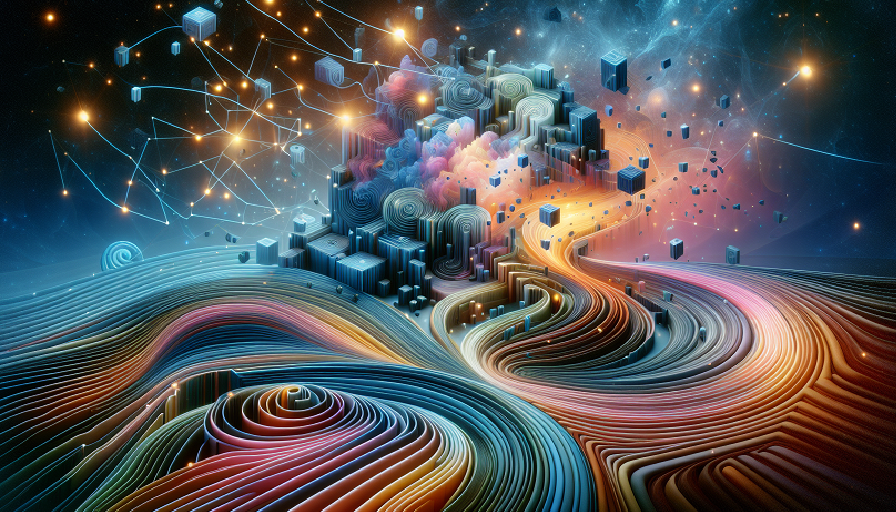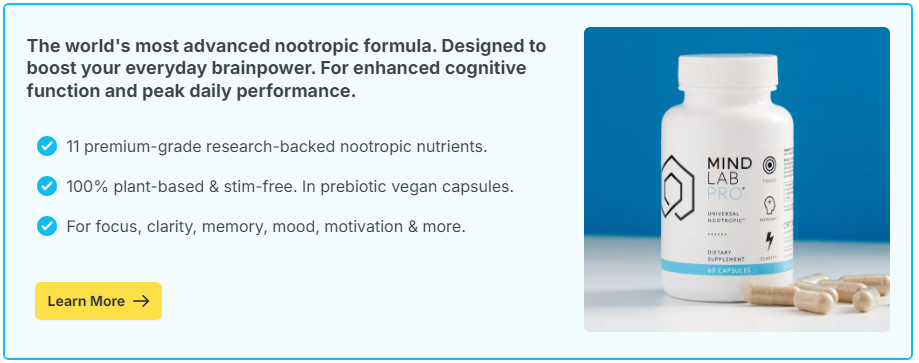
Creativity often feels like a lightning bolt – random, mysterious, and beyond our control. But what if it’s more like a spark in a well-built engine? What if, instead of waiting for inspiration to strike, you could prime your brain to generate ideas more freely, more often, and more effectively?
That’s where neurohacking comes in. It’s the practice of optimizing brain performance through simple, science-based changes to behavior, environment, and mindset. You don’t need fancy gadgets or complicated routines. The smallest tweaks – adjusting lighting, altering sound, shifting your posture – can have a surprisingly powerful effect on how creatively your brain performs.
Think of it as tuning the brain’s dials. Not forcing brilliance, but creating the conditions where it can happen more naturally and more frequently.
Contents
What Is Neurohacking for Creativity?
At its core, neurohacking is about working with your brain, not against it. It’s grounded in neuroscience, psychology, and behavioral science. For creativity specifically, neurohacking focuses on enhancing:
- Divergent thinking: The ability to generate many ideas from one prompt.
- Cognitive flexibility: The capacity to shift perspectives and adapt your thinking.
- Insight formation: The sudden realization or “aha” moment when ideas connect.
By understanding how the brain forms connections, stores information, and solves problems, we can design conditions that help it do those things more creatively.
Environmental Tweaks That Boost Creativity
Your surroundings quietly shape how your brain functions. Subtle changes in light, sound, or even smell can nudge your brain into a more imaginative state.
Lighting and Visual Cues
- Dim lighting: Research shows that low lighting encourages abstract thinking and reduces inhibition, which supports idea generation.
- Color cues: Blue is associated with open-ended thinking, while green has been linked to increased creative performance in problem-solving tasks.
- Visual disorder: Slight visual randomness (like a messy desk or collage board) can spark new associations, while total clutter may hinder focus.
Ambient Sound and Background Noise
The right sound level matters. Studies suggest that moderate ambient noise (around 70 decibels) boosts creativity more than silence or loud environments. This might explain why cafés are so popular among writers and designers.
- Try: Rain sounds, instrumental music, or apps like Noisli and Coffitivity.
Scents and the Creative Brain
Scent bypasses logical filtering and connects directly to emotion and memory – two pillars of creative insight.
- Peppermint: Boosts alertness and idea fluency.
- Lavender: Encourages relaxation and mental openness.
- Rosemary: Supports memory and attention, useful during editing or refinement phases.
Mindset and Behavior Tweaks
How you approach thinking matters as much as what you’re thinking about. These mental and behavioral shifts can create breakthroughs.
Change Your Posture or Perspective
Creativity often improves when you physically change your position. Try standing up, lying down, or walking while brainstorming. Looking at a problem from a new visual angle – literally – can help shift mental perspective as well.
Alternate Between Focus and Distraction
Structured breaks enhance creativity. Work intensely for a short period (25–50 minutes), then step away. Walk, doodle, stretch. Your subconscious mind continues processing while you’re distracted – a process known as incubation.
Use Constraints as Catalysts
Limitations may seem like the enemy of creativity, but they’re often its secret fuel. Try:
- Writing a story without using the letter “e.”
- Designing a product using only recycled materials.
- Solving a problem with only three tools.
Constraints force the brain to work around barriers, sparking innovation through necessity.
Micro-Neurohacks for Everyday Creativity
You don’t need to overhaul your life. These tiny shifts can produce big mental changes:
- Switch hands: Use your non-dominant hand for a small task to jolt the brain out of autopilot.
- Word play: Start the day with a random word and try to relate it to your current challenge.
- Mind map: Doodle your thoughts without editing. Let images, colors, and nonlinear connections emerge.
- Object remix: Pick three unrelated items and create a story or invention that includes all of them.
These playful exercises activate the brain’s associative networks, which are crucial for creative ideation.
Nutrition and Neurochemistry
Your brain is a physical organ – it needs fuel. What you eat, how much water you drink, and when you rest all affect how well your brain can make new connections.
Key Nutrients for Brain Flexibility
- Omega-3s: Support membrane fluidity and signal transmission between neurons.
- Choline: Vital for acetylcholine production, which affects attention and memory.
- Magnesium: Helps regulate mood and reduce stress, which can stifle creativity.
Hydration for Cognitive Fluidity
Even mild dehydration reduces cognitive function. Keep water nearby during creative sessions – your neurons will thank you.
Nootropics as Creative Enhancers
Some people include nootropics (cognitive enhancers) in their neurohacking toolkit. While not a magic solution, they may support states conducive to creative work.
Popular Nootropics for Creativity
- L-theanine + Caffeine: This combo balances stimulation with calm focus – ideal for brainstorming.
- Aniracetam: Reported to support verbal fluency and abstract thinking, though research is still emerging.
- Lion’s Mane: A mushroom linked to neurogenesis (new brain cell growth), potentially helpful for long-term creativity.
- Bacopa monnieri: Traditionally used for memory and learning support.
As always, supplements should be approached responsibly, with personal research and attention to your body’s responses.
Build a Personal Creative Stack
Neurohacking is most effective when it’s personalized. Think of your “creative stack” as a group of go-to strategies that help you shift into an imaginative mindset. Your stack might include:
- Soft jazz and green lighting
- 20-minute writing sprints with rosemary essential oil
- A midday walk followed by sketching in silence
- A journaling ritual paired with L-theanine tea
The key is consistency. By repeating your stack, you train your brain to recognize, anticipate, and activate creative states more quickly and easily.
The Power of Tiny Tweaks
Creativity isn’t always about epic changes or grand gestures. Often, it’s in the small shifts – the ones that invite the brain to think differently without demanding it. Whether it’s dimming a light, flipping your chair, or switching out your soundtrack, you’re not just changing your environment. You’re changing how your brain engages with ideas.
That’s the magic of neurohacking: subtle nudges that unlock hidden circuits. Controlled randomness. Calibrated chaos. Tiny tweaks, big ideas.

